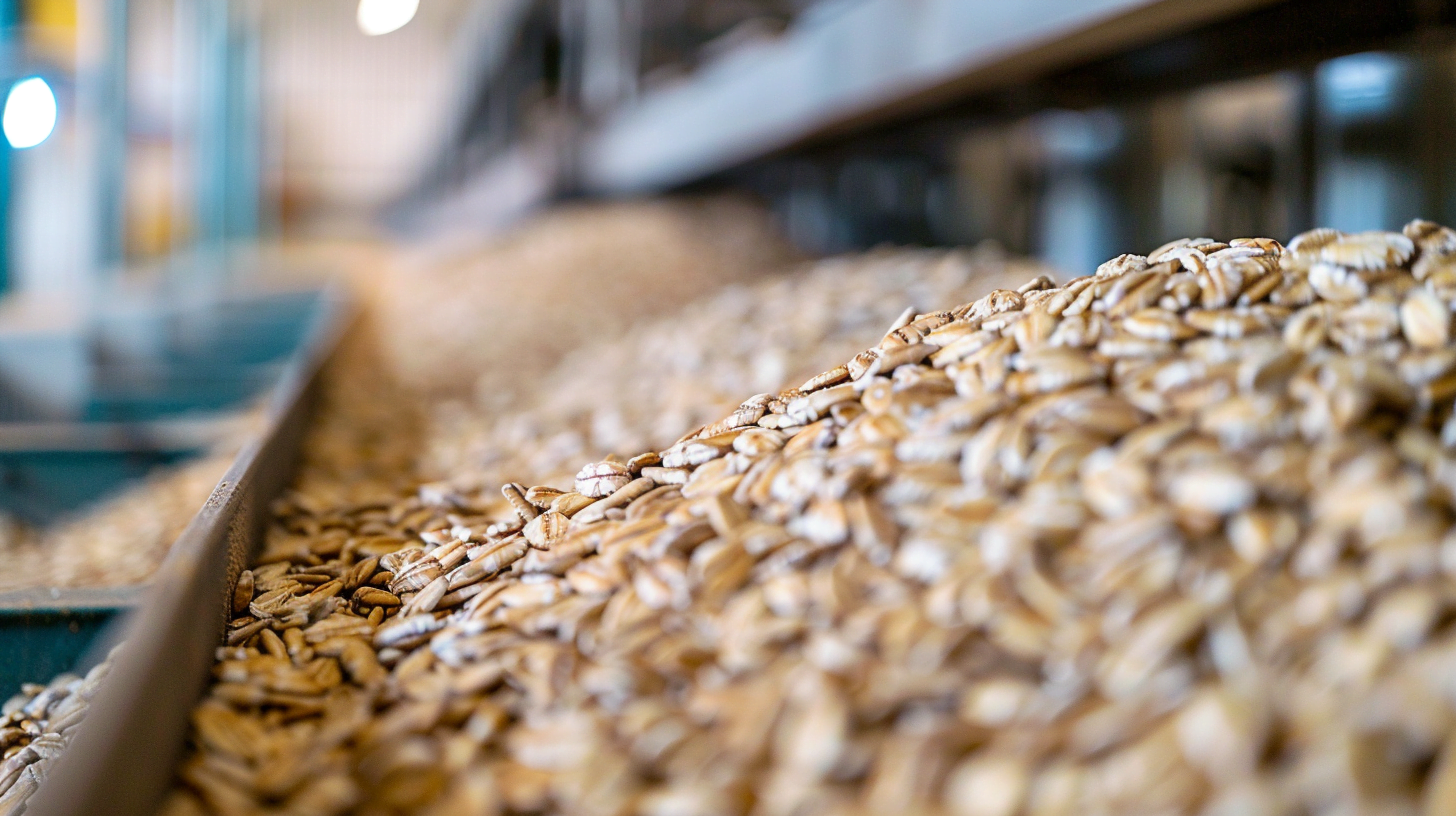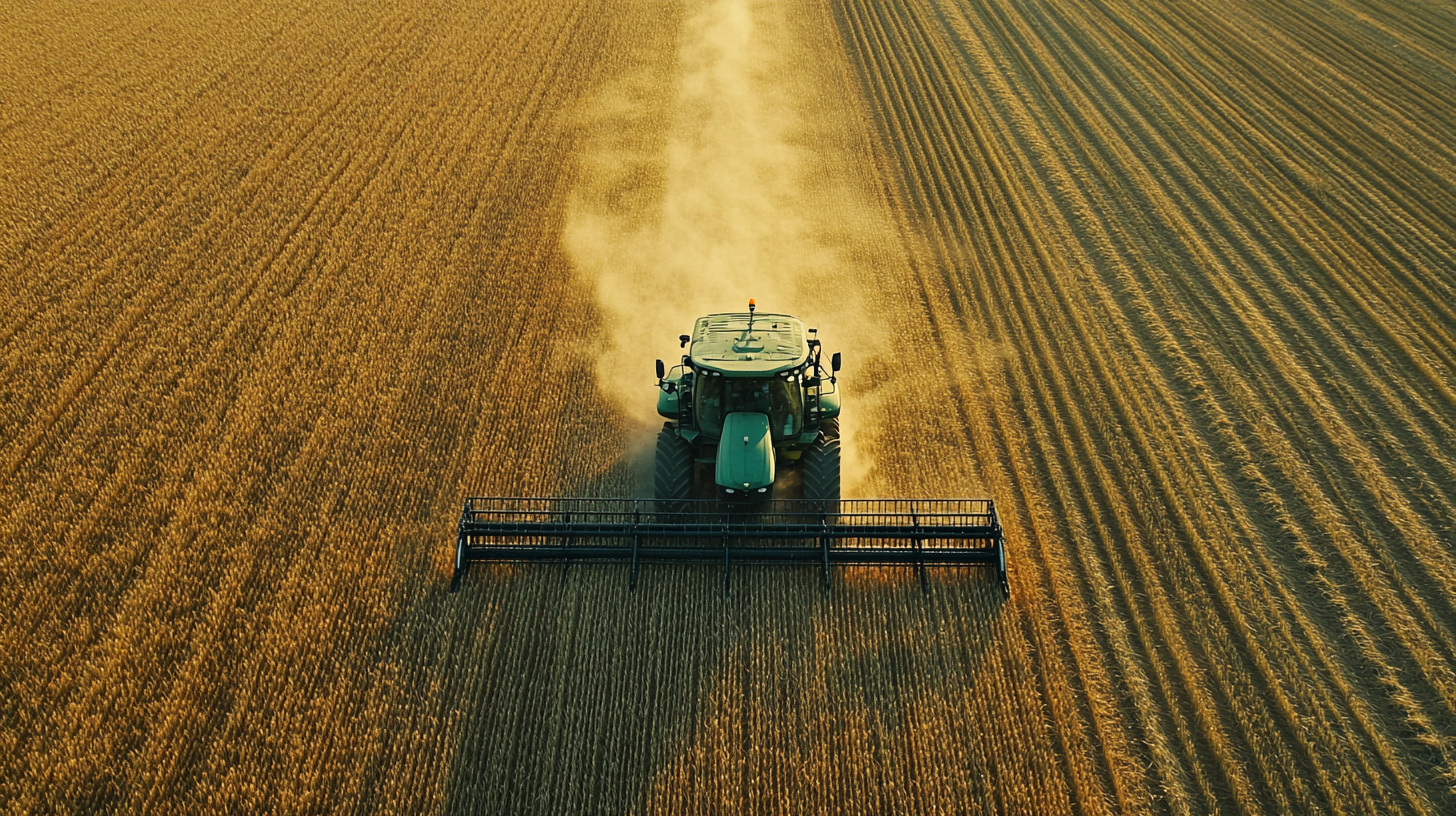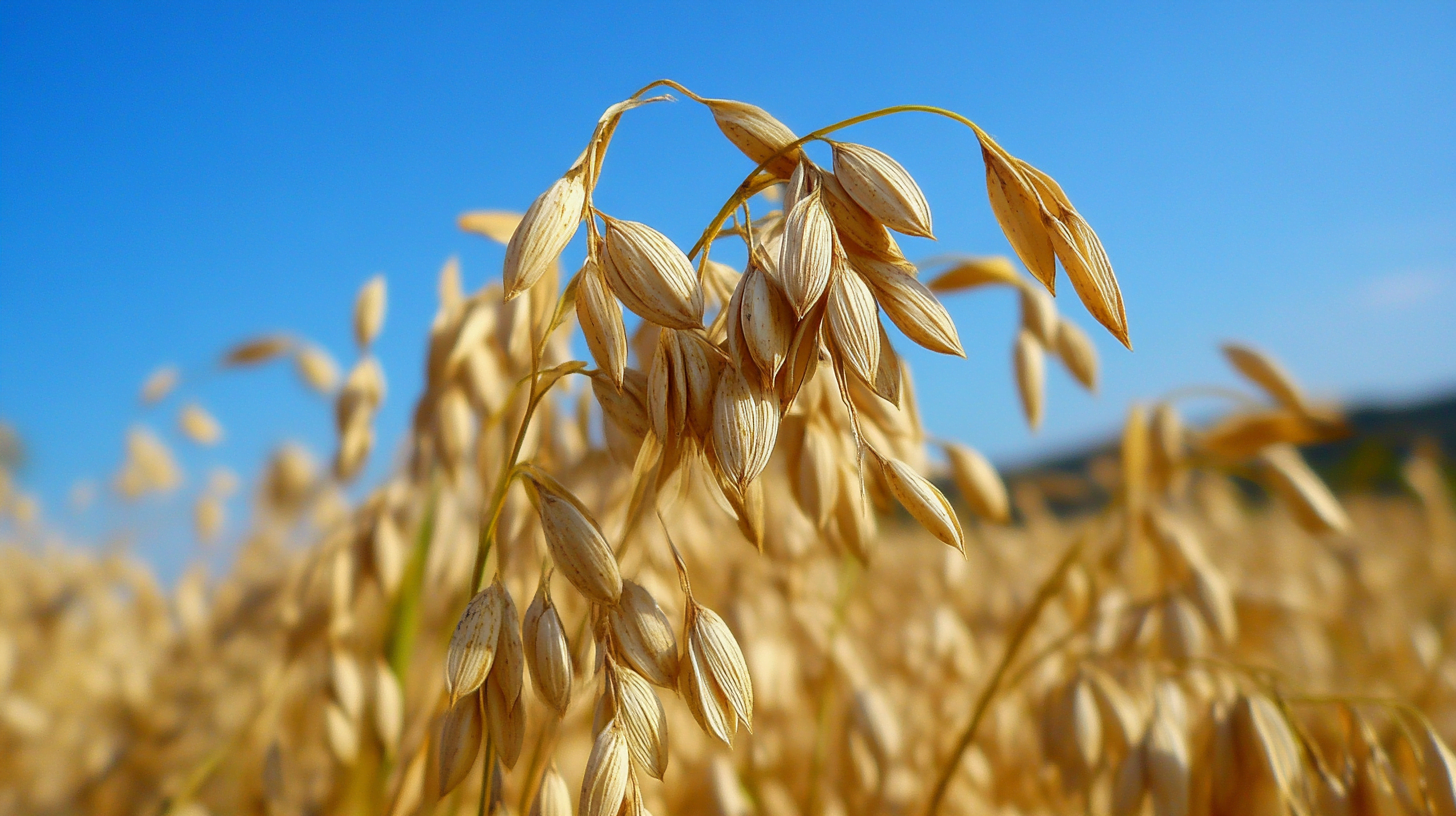Introduction
Oats are a crucial commodity in the global food market, with a rich history of international trade. As a versatile grain used in various food products, animal feed, and even cosmetics, oats have seen a steady increase in demand over the years. This article aims to provide an in-depth look at the global oats trade policies, covering production, consumption, trade flows, regulations, market trends, and future prospects.
Global Oats Production and Consumption
The global oats market is dominated by a handful of key players. The top oat-producing countries include:
- Russia
- Canada
- Poland
- Australia
- Finland
On the consumption side, the major oat-consuming regions are Europe, North America, and Asia-Pacific. The demand for oats is driven by several factors, such as:
- Growing awareness of the health benefits of oats (high fiber, protein, and antioxidants)
- Versatility of oats in various food products (breakfast cereals, snacks, baked goods)
- Rising popularity of plant-based and gluten-free diets
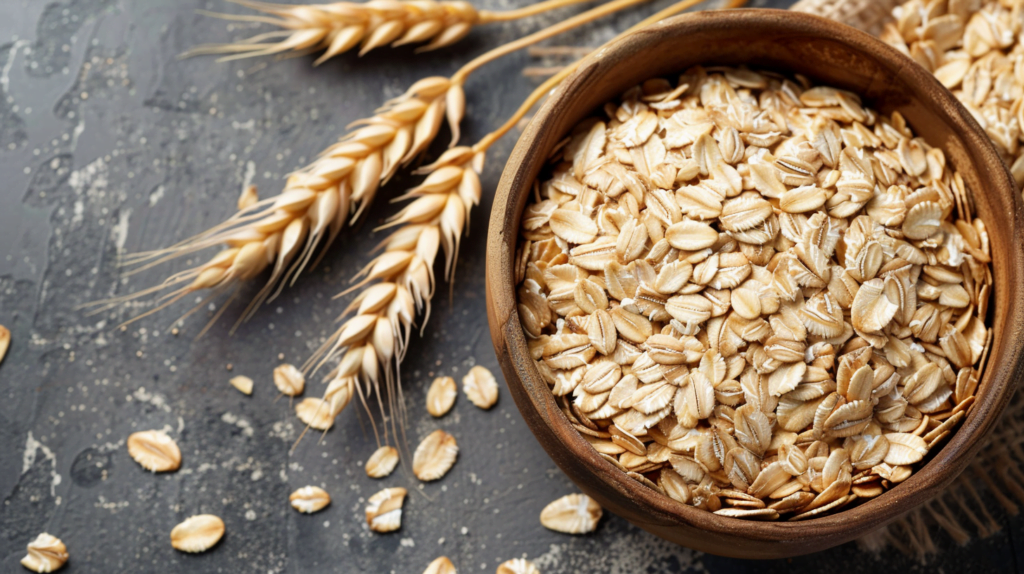
International Oats Trade
The global oats trade is characterized by a network of exporting and importing countries. The leading oat-exporting nations are:
- Canada
- Australia
- Finland
- Sweden
- Poland
Meanwhile, the top oat-importing countries include:
- United States
- Germany
- China
- Netherlands
- Belgium
The trade flows and patterns in the global oats market are influenced by factors such as production levels, consumer demand, trade agreements, and regulatory policies.
Trade Policies and Regulations
The global oats trade is governed by a complex web of policies and regulations at the international, regional, and national levels. Some key aspects include:
- World Trade Organization (WTO) rules: The WTO sets the overall framework for international trade, including oats. Members must adhere to principles such as non-discrimination and transparency.
- Regional and bilateral trade agreements: Countries often enter into preferential trade agreements that provide lower tariffs or other benefits for oats trade.
- Tariffs and non-tariff barriers: Oats may be subject to import duties, quotas, or other restrictions that affect trade flows.
- Sanitary and phytosanitary measures: Countries may impose requirements related to food safety, plant health, and pest control for oats imports.
- Labeling and certification: Oats products may need to meet specific labeling or certification standards, such as organic or gluten-free, to be traded internationally.
Oats Market Segmentation and Trends
The global oats market can be segmented based on various factors, such as:
- Type: Whole, steel-cut, rolled, instant, etc.
- Application: Food, animal feed, cosmetics, etc.
- Distribution channel: Hypermarkets, supermarkets, specialty stores, online, etc.
Some emerging trends in the oats trade include:
- Growing demand for organic and non-GMO oats
- Expansion of oat-based beverages (oat milk) and snacks
- Increasing use of oats in gluten-free and vegan products
Challenges and Opportunities in Global Oats Trade
The global oats industry faces several challenges, such as:
- Climate change impacts on oats production
- Price volatility due to supply and demand fluctuations
- Trade disputes and policy uncertainties
However, there are also opportunities for growth, particularly in:
- Developing countries with rising incomes and changing diets
- Innovation in oats processing and product development
- Expansion of e-commerce and direct-to-consumer sales
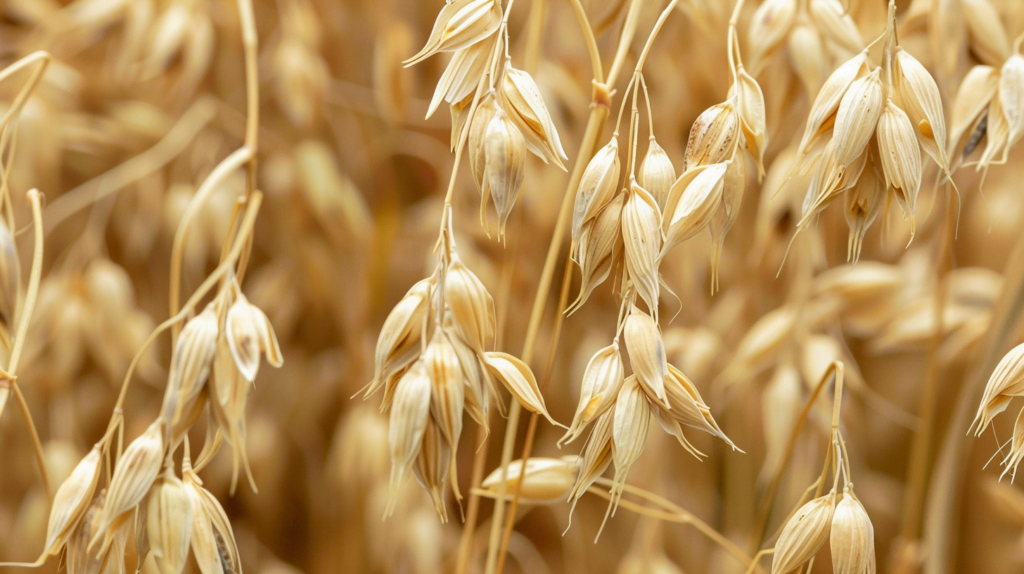
Future Outlook for Global Oats Trade Policies
The global oats market is projected to continue growing in the coming years, driven by factors such as population growth, rising health consciousness, and increasing demand for plant-based foods. However, the future of oats trade policies will depend on various factors, such as:
- Evolution of the global trading system and WTO reforms
- Shifts in agricultural and food security policies of major countries
- Technological advancements in oats production and processing
- Changing consumer preferences and dietary trends
To navigate this complex and dynamic landscape, businesses and policymakers will need to stay informed, adaptable, and proactive in shaping the future of global oats trade.
Conclusion
In conclusion, the global oats trade is a vital component of the international food system, with far-reaching implications for producers, consumers, and policymakers worldwide. By understanding the key drivers, challenges, and opportunities in the oats market, stakeholders can make informed decisions and contribute to a more sustainable, resilient, and inclusive global trade regime for this essential commodity.
FAQs
- What are the main health benefits of consuming oats?
- How do trade policies affect the price and availability of oats for consumers?
- What are the key sustainability challenges facing the global oats industry?
- How can businesses and policymakers support the growth of the oats market in developing countries?
- What role can technology and innovation play in enhancing the efficiency and sustainability of oats trade?
